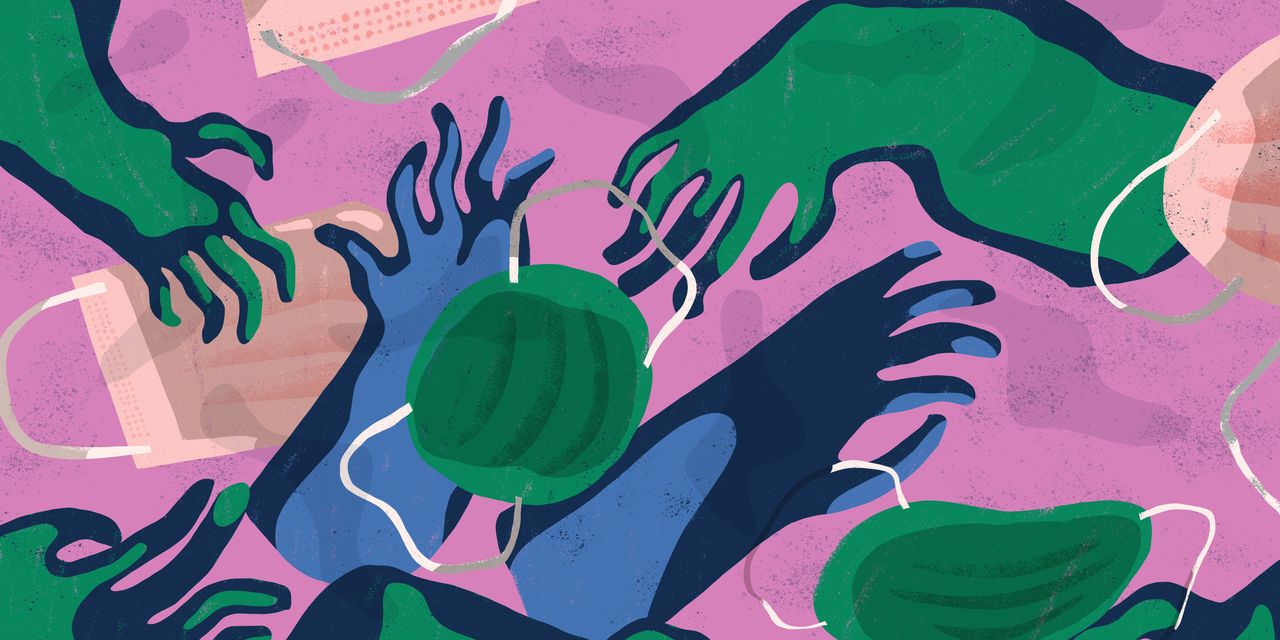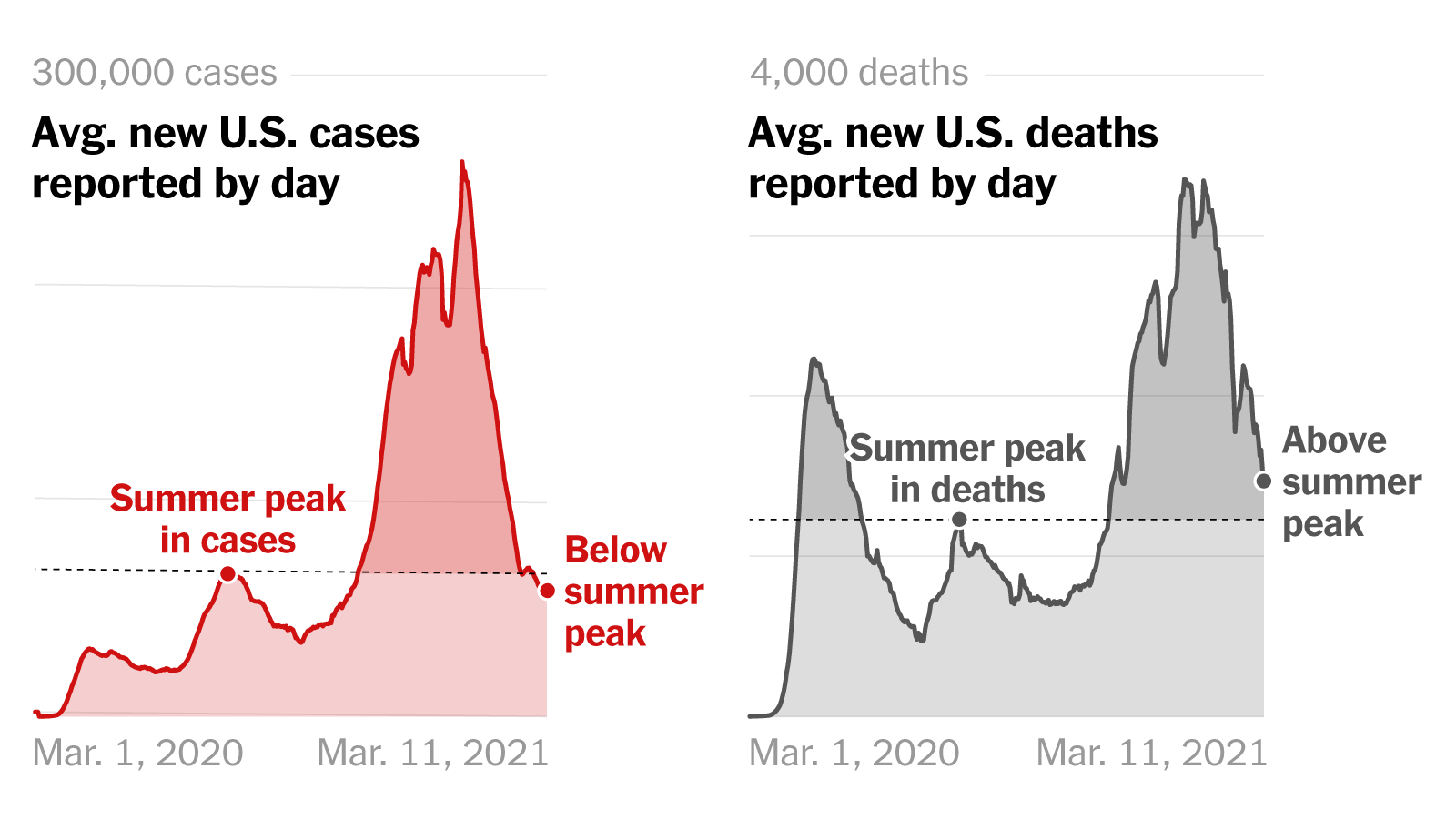Rising Inflation And Unemployment Fuel Economic Uncertainty

Table of Contents
The Inflationary Spiral and its Impact
Inflation, a general increase in the price level of goods and services in an economy over a period of time, is currently impacting economies globally. There are various types of inflation, including demand-pull inflation (excess demand exceeding supply) and cost-push inflation (rising production costs). Current drivers of inflation include persistent supply chain disruptions stemming from the pandemic and geopolitical instability, significantly increased energy prices, and, in some cases, expansionary monetary policies.
High inflation erodes purchasing power, meaning consumers can buy less with the same amount of money. This reduction in purchasing power significantly impacts consumer confidence, leading to decreased spending and potentially triggering a recessionary cycle.
- Rising energy costs impacting household budgets: Increased electricity, gas, and fuel prices directly impact household expenses, leaving less disposable income for other goods and services.
- Increased food prices leading to food insecurity: Soaring food prices, driven by factors like climate change and supply chain issues, disproportionately affect low-income households, increasing food insecurity.
- Reduced consumer spending due to inflation: As prices rise, consumers cut back on non-essential purchases, slowing economic growth and potentially leading to job losses.
- Impact of inflation on investment decisions: High inflation makes investment planning more challenging, as the real return on investments can be significantly reduced by rising prices.
Unemployment's Upward Trend: A Consequence and Contributor
Unemployment, the state of being without work, is another significant economic challenge. While the specific unemployment rate varies across countries, a general upward trend is evident in many regions. Types of unemployment include frictional (temporary unemployment between jobs), structural (mismatch between job skills and available jobs), and cyclical (related to economic downturns).
Inflation significantly contributes to unemployment. High inflation can lead to reduced business investment as uncertainty increases, prompting businesses to postpone expansion plans and even leading to layoffs. Central banks often respond to inflation by raising interest rates, which can further dampen economic activity and increase unemployment. Conversely, high unemployment reduces aggregate demand, which can contribute to disinflation or even deflation, but this is not always the case and can lead to a deflationary spiral.
- Job losses in specific sectors due to inflation: Industries particularly sensitive to price changes, such as manufacturing and retail, often experience job losses during periods of high inflation.
- Increased competition for fewer jobs: High unemployment leads to increased competition for available positions, depressing wages and further impacting household income.
- The impact of unemployment on household income and debt: Job losses lead to reduced household income, increasing the risk of debt accumulation and financial hardship.
- The psychological effects of unemployment on individuals and families: Unemployment can have severe psychological consequences, including stress, anxiety, and depression.
The Interplay of Inflation and Unemployment: A Vicious Cycle
The Phillips Curve traditionally suggests an inverse relationship between inflation and unemployment – low unemployment associated with high inflation, and vice versa. However, this relationship is not always consistent, especially during periods of stagflation, where high inflation and high unemployment coexist. This situation presents a significant challenge for policymakers, as tackling one issue might exacerbate the other.
The current economic climate highlights the limitations of the simple Phillips Curve model. The interplay between inflation and unemployment creates a vicious cycle: high inflation leads to unemployment, which in turn weakens demand, potentially further fueling inflation or leading to deflation. This dynamic can create significant social and political instability due to widespread economic hardship.
- The difficulty of balancing inflation control and job creation: Policymakers face the difficult task of implementing policies that curb inflation without causing excessive job losses.
- The potential for policy errors to worsen the situation: Incorrect or poorly timed policy interventions can exacerbate both inflation and unemployment.
- The need for coordinated international action to address global economic challenges: Globalized economies require international cooperation to address interconnected economic issues like inflation and unemployment.
Strategies for Mitigating Economic Uncertainty
Addressing the intertwined challenges of rising inflation and unemployment requires a multi-pronged approach involving governments, businesses, and individuals. Governments can utilize monetary policy adjustments (e.g., interest rate changes) and fiscal measures (e.g., government spending or tax adjustments) to combat inflation and stimulate economic growth. Strategies to reduce unemployment include job creation programs, investment in education and skills training to address skills gaps and improve workforce adaptability, and active labor market policies.
Businesses play a crucial role in navigating economic uncertainty. Cost-cutting measures, diversification strategies, and investments in innovation can help businesses survive and even thrive during challenging economic periods. Individuals can enhance their resilience by improving their financial planning, including building an emergency fund, diversifying investments, and developing adaptable skillsets.
- Government initiatives to support businesses and create jobs: Government-funded infrastructure projects and incentives for private sector investment can create jobs and stimulate economic activity.
- Importance of retraining and upskilling the workforce: Investing in education and training programs equips workers with the skills needed for emerging job markets.
- Financial planning advice for individuals and families: Individuals should focus on creating a budget, managing debt, and building emergency savings to navigate economic downturns.
- Strategies for businesses to navigate economic downturns: Cost optimization, supply chain diversification, and exploring new market opportunities are crucial strategies for business survival.
Conclusion: Understanding and Addressing Rising Inflation and Unemployment
Rising inflation and unemployment represent significant challenges, fueling widespread economic uncertainty. The interconnectedness of these two factors creates a complex issue requiring careful consideration and proactive strategies. Understanding the dynamics between inflation and unemployment is crucial for effective policymaking and individual financial planning.
Staying informed about the latest developments concerning rising inflation and unemployment is essential to navigate this challenging economic climate effectively. Proactive measures, including government interventions, business adaptation strategies, and responsible personal financial planning, are crucial for mitigating the impacts of this economic uncertainty and building a more resilient and inclusive economy. Understanding the interplay between rising inflation and unemployment is crucial for mitigating economic uncertainty; stay informed and plan accordingly.

Featured Posts
-
 Elon Musks Daughter Vivian Modeling Debut Sparks Discussion
May 30, 2025
Elon Musks Daughter Vivian Modeling Debut Sparks Discussion
May 30, 2025 -
 Transfer Perfekt Garteig Verlaesst Ingolstadt Und Spielt Fortan Fuer Augsburg
May 30, 2025
Transfer Perfekt Garteig Verlaesst Ingolstadt Und Spielt Fortan Fuer Augsburg
May 30, 2025 -
 Gilermo Del Toro Premera Treylera Frankenshteyna Etoy Subboty
May 30, 2025
Gilermo Del Toro Premera Treylera Frankenshteyna Etoy Subboty
May 30, 2025 -
 Swiateks Strong Start At French Open 2024 Ruud And Tsitsipas Unexpected Losses
May 30, 2025
Swiateks Strong Start At French Open 2024 Ruud And Tsitsipas Unexpected Losses
May 30, 2025 -
 Amanda Anisimova Ends Mirra Andreevas Miami Open Run
May 30, 2025
Amanda Anisimova Ends Mirra Andreevas Miami Open Run
May 30, 2025
Latest Posts
-
 Is A New Covid 19 Variant Responsible For The Increase In Cases Who Investigates
May 31, 2025
Is A New Covid 19 Variant Responsible For The Increase In Cases Who Investigates
May 31, 2025 -
 Griekspoor Defeats Top Seed Zverev In Indian Wells Surprise
May 31, 2025
Griekspoor Defeats Top Seed Zverev In Indian Wells Surprise
May 31, 2025 -
 Global Covid 19 Cases Rise Potential New Variant Identified By Who
May 31, 2025
Global Covid 19 Cases Rise Potential New Variant Identified By Who
May 31, 2025 -
 Covid 19 Variant Lp 8 1 A Comprehensive Guide
May 31, 2025
Covid 19 Variant Lp 8 1 A Comprehensive Guide
May 31, 2025 -
 Who Reports Emergence Of New Covid 19 Variant Driving Case Surge
May 31, 2025
Who Reports Emergence Of New Covid 19 Variant Driving Case Surge
May 31, 2025
